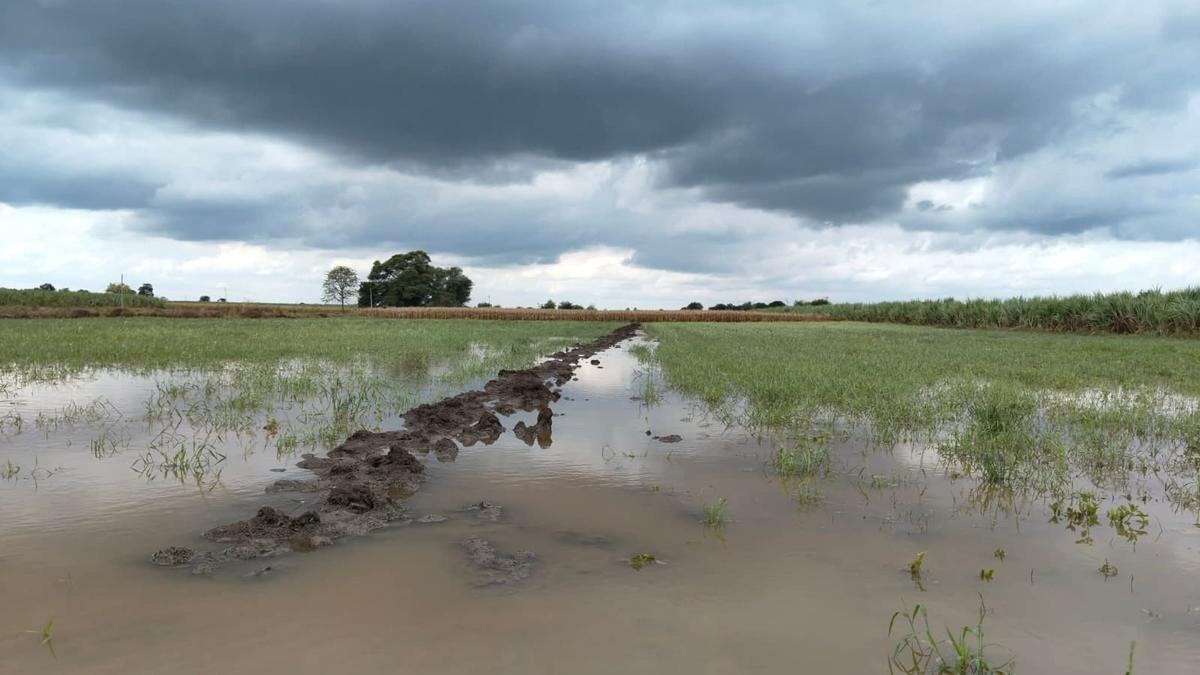In late October 2025, onion farmers across Maharashtra have been grappling with a severe crisis triggered by unseasonal rains that have caused extensive damage to their crops, particularly the onion nurseries crucial for the upcoming rabi season. As Maharashtra stands as India’s leading onion producer, contributing nearly 170 lakh metric tonnes in 2025—a significant jump from 86 lakh metric tonnes in 2024—the impact of this unexpected rainfall threatens not only the livelihoods of thousands of farmers but also the stability of onion supply in the country during the critical harvesting months from January to April.
Between October 23 and 27, several key onion-growing districts in Maharashtra, including Nashik, Ahmednagar, Pune, Jalgaon, Solapur, and Satara, experienced moderate to heavy rains, with precipitation levels ranging from 36.8 mm in Solapur to 58.4 mm in Nashik, as reported by the India Meteorological Department. This rainfall was highly unusual for the post-monsoon period and has had devastating consequences on the young onion seedlings sown just about 15 days prior. The excessive moisture has led to the risk of rotting in these nurseries, an event that could jeopardize the entire rabi crop cycle.
Farmers in affected regions have expressed deep distress over the situation. Sanjay Bhadane, a farmer from Dhule district, highlighted the widespread damage not only to onion seedlings but also to other crops such as soybeans, maize, and cotton. He painted a grim picture of farmers who are already struggling with rising input costs and volatile market prices, now facing yet another severe blow from nature’s unpredictability. Bhadane’s comments underscore the multifaceted challenges the agricultural community is confronting in this period.
In response to the crisis, the Maharashtra State Onion Producers Farmers Association has initiated an indefinite protest starting Monday, demanding urgent intervention and relief measures from the state government. The association has submitted memorandums to district administrations in these major onion-growing areas, seeking immediate financial assistance, compensation for damaged seedlings, free distribution of seeds, and broader policy support to mitigate the crisis.
Bharat Dighole, the founder president of the association, emphasized the critical timing of this damage, noting that onion farmers begin nursery preparations in October. If the sowing is compromised at this stage, it would inevitably lead to a severe shortage of onions during the harvesting period from January through April, potentially triggering a supply crisis with far-reaching economic implications.
Beyond compensation, the association has put forth several specific demands aimed at safeguarding farmers’ interests and stabilizing the market. These include the implementation of the Bhavantar Yojana, a scheme designed to compensate farmers who sell their produce below the Minimum Retail Price (MRP), and the establishment of MRP purchase centers—particularly at Pimpalner in Dhule district, a key commercial hub—to ensure fair prices and prevent exploitation.
Local leaders from Dhule district, including Sanjay Bhadane, Anil Bhamre, and Gangadhar Shinde, have issued stern warnings that protests will intensify if the government does not act promptly. They have stressed that without immediate initiation of damage surveys (panchnama), financial assistance, and operational purchase centers, the farmers will escalate their agitation to demand justice for their losses. The association’s statement underlined their resolve not to allow the value of farmers’ hard work to be undermined.
The unseasonal rains have had additional detrimental effects beyond waterlogging and seedling rot. In areas like Nashik’s Malegaon, Satana, and Baglan, the excessive moisture has triggered “mar rog” or damping-off disease among onion nurseries, leading to the loss of seeds and seedlings worth lakhs of rupees. This disease exacerbates the already dire situation by further reducing the viability of the nursery plants.
The economic strain on farmers has been severe. In Pune, for instance, farmer Sudam Ingle received only ₹664 for 7.5 quintals of rain-damaged onions, despite having invested ₹66,000 in cultivation costs. Such stark disparities between input costs and returns highlight the acute financial distress faced by growers in the wake of the rains.
The association’s leadership is urging the Maharashtra government to act swiftly and decisively to prevent the situation from worsening. They warn that failure to do so could see the collapse of the entire January to April harvest window, leading to a significant supply crunch in onions and cascading economic distress for both producers and consumers

